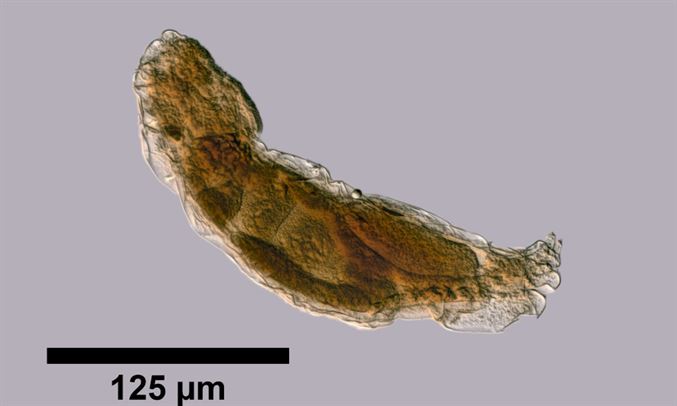Notommatid rotifers are spindle-shaped, elongate organisms without protective coverings. They lack a foot constriction, featuring two tiny toes and a cloaca opening under a basal foot tail. Their corona, encircling the mouth, is elongated with short marginal cilia, while latero-frontal areas bear long, powerful cilia for swimming. The corona’s apical plate may occasionally project a rostrum, housing a centrally located mouth. Their specialized mastax, known as “cardate,” operates by oscillating on a transverse axis near a short, narrow fulcrum that tapers towards the rear. Rami within resemble the forcipate type, with a notably large ventral manubrial cell. Unci, or jaw structures, are rudimentary and may unite into a thin plate. Some species exhibit complex epipharynx, aiding in mouth edge support, while two salivary glands are found in the mastax’s posterior part. A hemispherical, ductless retrocerebral organ at the ganglion’s posterior end encloses a large disc-shaped eyespot.
